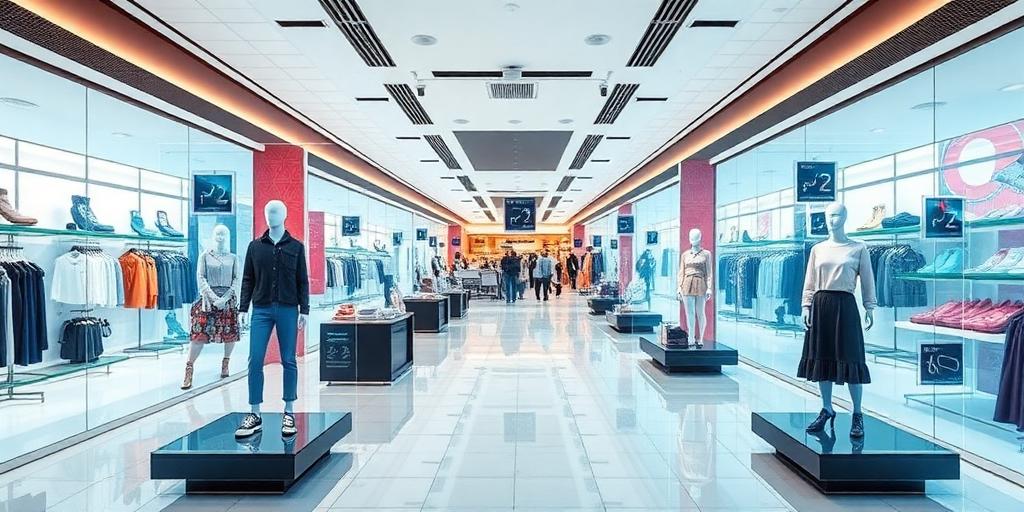The Future of Augmented Reality in Shopping and Lifestyle Experiences
Augmented Reality (AR) is rapidly transforming the way we interact with the world, especially in the realms of shopping and lifestyle experiences. By overlaying digital information onto our real-world view, AR enhances our perception and offers unprecedented levels of engagement. This article explores the current state of AR in these sectors and forecasts its exciting future developments.
Current Applications of AR
AR is already making waves in various industries. In retail, for example, consumers can use AR apps to virtually "try on" clothes, preview furniture in their homes, or visualize makeup shades before making a purchase. These applications not only improve the shopping experience but also reduce the likelihood of returns, benefiting both customers and retailers.
In the lifestyle sector, AR is used in interactive games, educational apps, and navigation systems. Imagine pointing your smartphone at a building and instantly seeing its history, or using an AR app to identify plants in a park. These uses highlight AR's potential to enrich our daily lives.
Key Benefits of AR
- Enhanced Customer Engagement: AR creates immersive experiences that capture and hold users' attention.
- Informed Purchasing Decisions: By allowing consumers to visualize products in their own environment, AR leads to more confident buying choices.
- Increased Brand Loyalty: Positive AR experiences can strengthen the connection between consumers and brands.
- Unique and Memorable Experiences: AR applications stand out in a crowded market, offering innovative ways to interact with products and services.
Future Trends in AR
The future of AR in shopping and lifestyle is brimming with possibilities. Here are some trends to watch:
- AR-Enhanced Navigation: Imagine walking through a city with AR directions overlaid on the sidewalk, guiding you to your destination. This technology is becoming increasingly accurate and seamless.
- Personalized Shopping Experiences: AR will enable highly customized shopping experiences, where product recommendations and virtual try-ons are tailored to individual preferences and body types.
- AR in Home Decor: Beyond simple furniture previews, AR will allow users to design entire rooms and see how different elements interact in a realistic, virtual environment.
- Interactive Entertainment: AR games will blend the digital and physical worlds, creating immersive and engaging entertainment experiences.
Challenges and Considerations
Despite its potential, AR faces challenges. The technology requires robust hardware and software, and privacy concerns must be addressed. Additionally, creating high-quality AR experiences demands significant investment in development and design.
Conclusion
The future of Augmented Reality in shopping and lifestyle experiences is bright. As technology advances and becomes more accessible, AR will continue to transform how we interact with products, services, and our environment. Businesses that embrace AR early will gain a competitive edge and create more meaningful connections with their customers. From virtual try-ons to interactive navigation, AR is set to redefine our everyday experiences.









